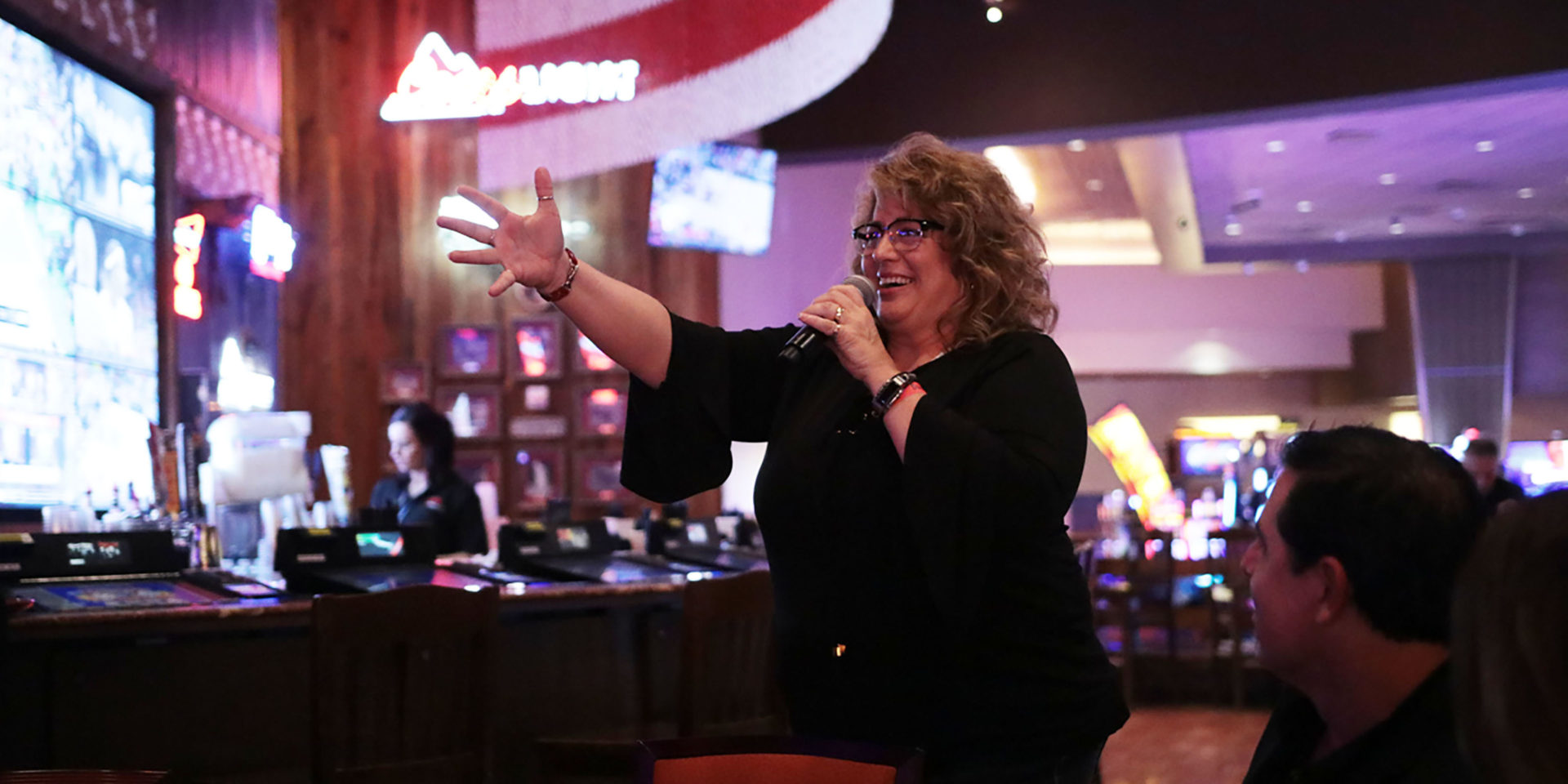
Was the best thing that ever happened
So many times we design a promotion or event, and it looks so awesome … on paper. You’ve picked the perfect title/theme, the prizes are amazing, and there is just NO WAY that your guests won’t have a great time, and the ROI will be THROUGH THE ROOF! Right?!
Well, not always.
Years ago, in another century and a galaxy far, far away, I was involved in a promotion that appeared to meet all of those criteria. It was however, to this day, one of the worst experiences I ever had in a casino, and one that I will never forget, because it helped me transition from operations to marketing, and taught me several important lessons.
This was back in the days before TITO, downloadable credits, and free play. In fact, the industry had just begun the journey into technology with casino management systems and players cards. In many ways, we were still dealing with countless manual processes, including comp issuance. More on that later …
The premise …
The promotion SEEMED simple: the promotion would be run at two properties (sister properties located approximately 30 miles apart), a system of “funny money” would be created (“Casino Cash” for purposes of this article) that guests could earn in numerous ways over a 90-day period. The finale would be held at the larger property. A huge tent was erected in the parking lot, where there would be an auction that included a real auctioneer to add to the excitement. Guests would bring all the Casino Cash they were able to collect during those 90 days and use it to bid on a variety of items, from small tchotchkes to a brand new car. Awesome!
Now a few details …
The Casino Cash was broken down into several denominations, from $20 bills all the way to $25,000 bills, and everything in between. There was no requirement for having a player card. Guests could earn their cash in a variety of ways within the casino. A few examples:
- Any transaction at casino restaurants, hotel, spa, gift shop, or any other onsite venues.
- Hopper fills, hand-paid jackpots, buy-ins on tables, cage transactions, etc.
- Valet parking their car.
- Hourly, actively playing on slots or tables.
Each activity or transaction was “assigned” a specific dollar amount for the guest to receive. For instance, a hopper fill would earn the guest $50 in Casino Cash. We were instructed to be extremely conservative with larger denominations, such as $5,000 and above. In other words, only management could approve those larger denominations in order to try to “control” distribution.
There were considerable problems that occurred with this promotion, which you will likely see. For both parts of this article, I will focus on three specific problems that caused the most grief, but taught the biggest lessons.
Problem #1
The issuance of the Casino Cash was pretty much left up to the discretion of the employee. While we were given a basic outline, there were too many opportunities for deviation, and it was really a manual process with no solid auditing trail. As long as there weren’t too many requests for additional Casino Cash, nothing was said. So if you were a “favorite” guest, you could receive extra cash. If you were considered a high maintenance guest, you could get slighted. It wasn’t based on play.
Also, there was a big difference between the two properties in terms of size, amenities/venues in which to earn the cash, and add to that the fact that the larger property had no competition within 20 miles, while the smaller was surrounded by larger properties in a highly competitive area. Even though they were owned by the same company, they were separate entities and had vastly different marketing strategies.
Lessons?
The first and most obvious: Always require a players card to participate in a promotion. I know times have changed, but I still see some who overlook this requirement. If we would have set this up as a “play x, get y” style promotion, based on play, we could have alleviated the discretionary distribution of the Casino Cash, which literally blew up and caused a HUGE problem during the auction (more on that in Part II). Might there be occasions where you don’t make that a requirement? Maybe, but that is the exception, not the rule.
Requiring a players card and basing all issuances on play would have made it more consistent and clear on how to earn Casino Cash, as well as increased revenue. You play more, you get more.
It would have given us an audit trail for dispute resolution, not to mention a more accurate analysis of the success (or lack thereof) of the promotion. As it stood, any analysis done wasn’t specific, merely general, and couldn’t be directly tied back to the promotion.
Problem #2
Remember, this was back in the days before TITO and all the wonderful things that have come along through advancements in technology and gaming systems. The slot department, specifically, was kept busy enough due to multiple manual processes in order to take care of players. To have the team stop everything, every hour, to run through the casino and issue Casino Cash to those “actively gaming” was a nightmare! Other departments (Security, Housekeeping, F&B) were added to distribute the cash and support, but that didn’t correct the problem. It just exacerbated it. The scammers had a field day, especially on high traffic shifts! They quickly caught on that there were “opportunities,” and took advantage where they could. Participants knew that we had to issue the cash every hour, so some would sit at a machine and put one coin in when they saw an employee coming. Others would just claim that they were missed and would usually just be given the cash. It was just easier to give them the cash than argue.
Lessons?
Again, like above, requiring a players card to participate would have stopped the abuse. The biggest lesson for us was to get input from every department from the beginning! In all honesty, I’m not sure who yelled louder at the poor Marketing Department: guests or fellow employees. It really was a dispute tsunami that went on for 90 days. Our marketing department took responsibility, LISTENED, compiled detailed notes, and discussed possible solutions. Because of the gaming jurisdiction we were in at that time, no changes could be made to any promotion. So we had to ride it out.
But afterwards, a promotion committee was established that had representatives from every department, and not just management! We asked that we had people from frontline AND back of house, including surveillance. This really helped fine-tune future promotions from every point of view. It is a method that I use (and have written about) to this day. Not only does this help avoid some of the problems experienced in this particular promotion, but it gave others a chance to participate in all aspects of the promotion process. By involving all departments in this process, they developed a sense of ownership. A definite bonus!
I will save the best (or worst) for last! The finale was another experience that I will never forget. I blame some of my hearing loss on this promotion, but more on that later!







